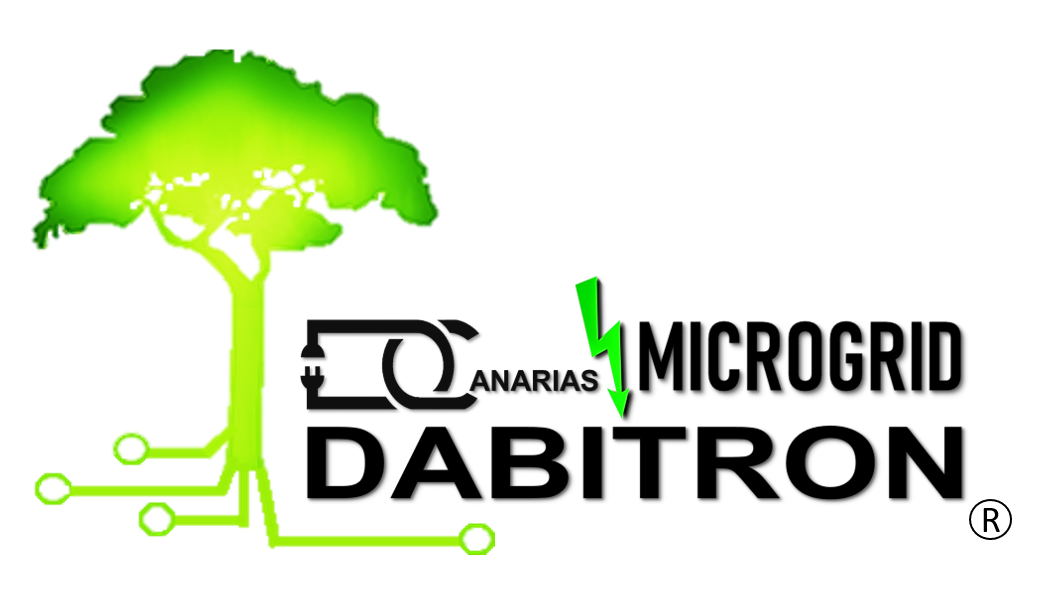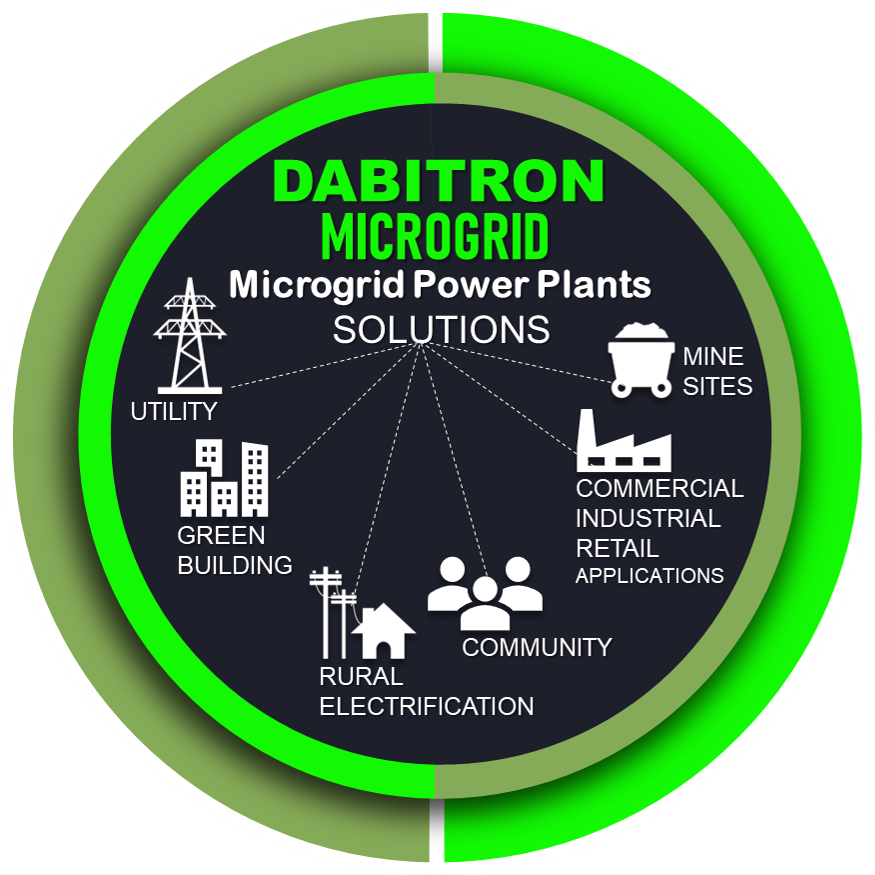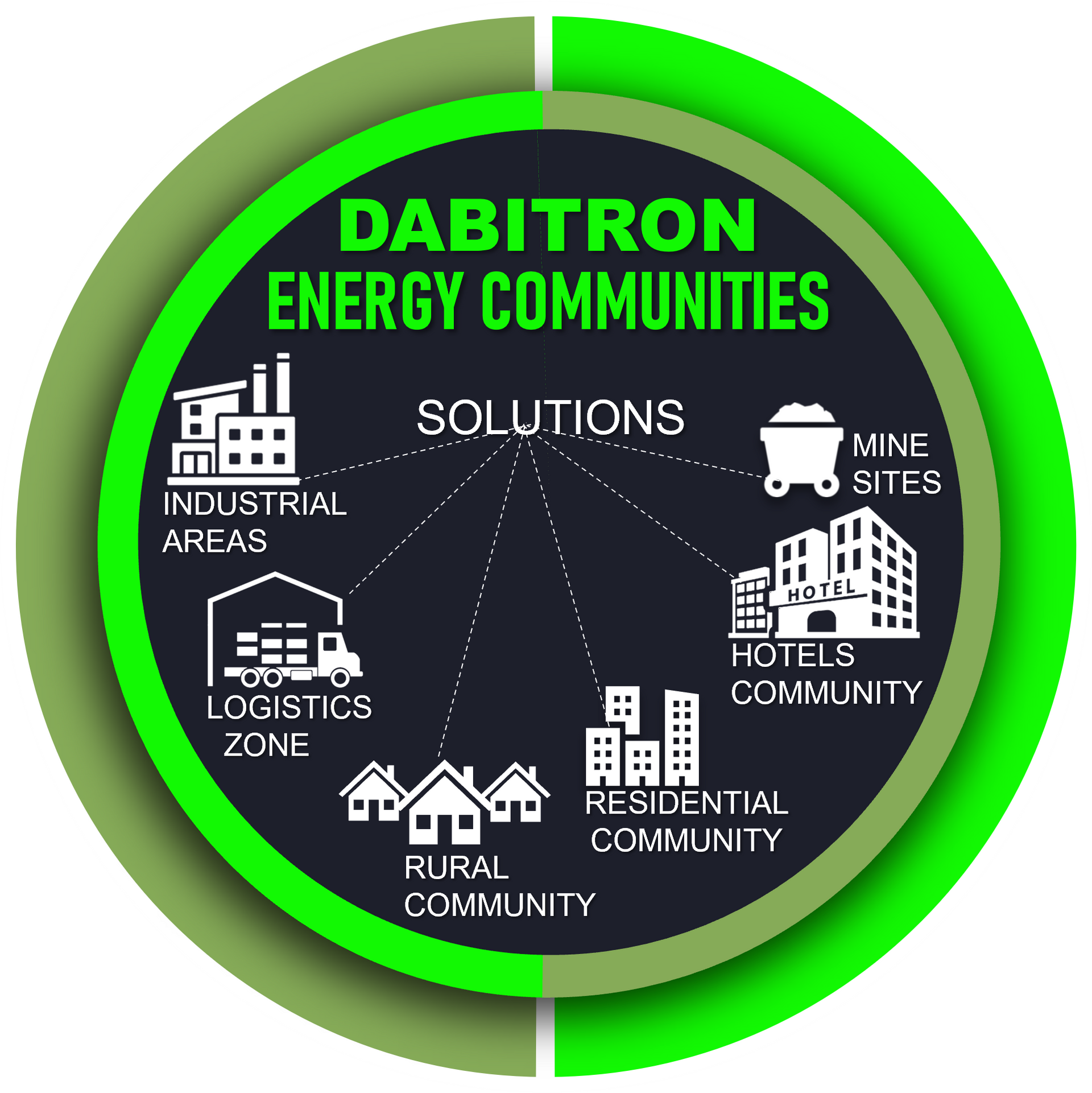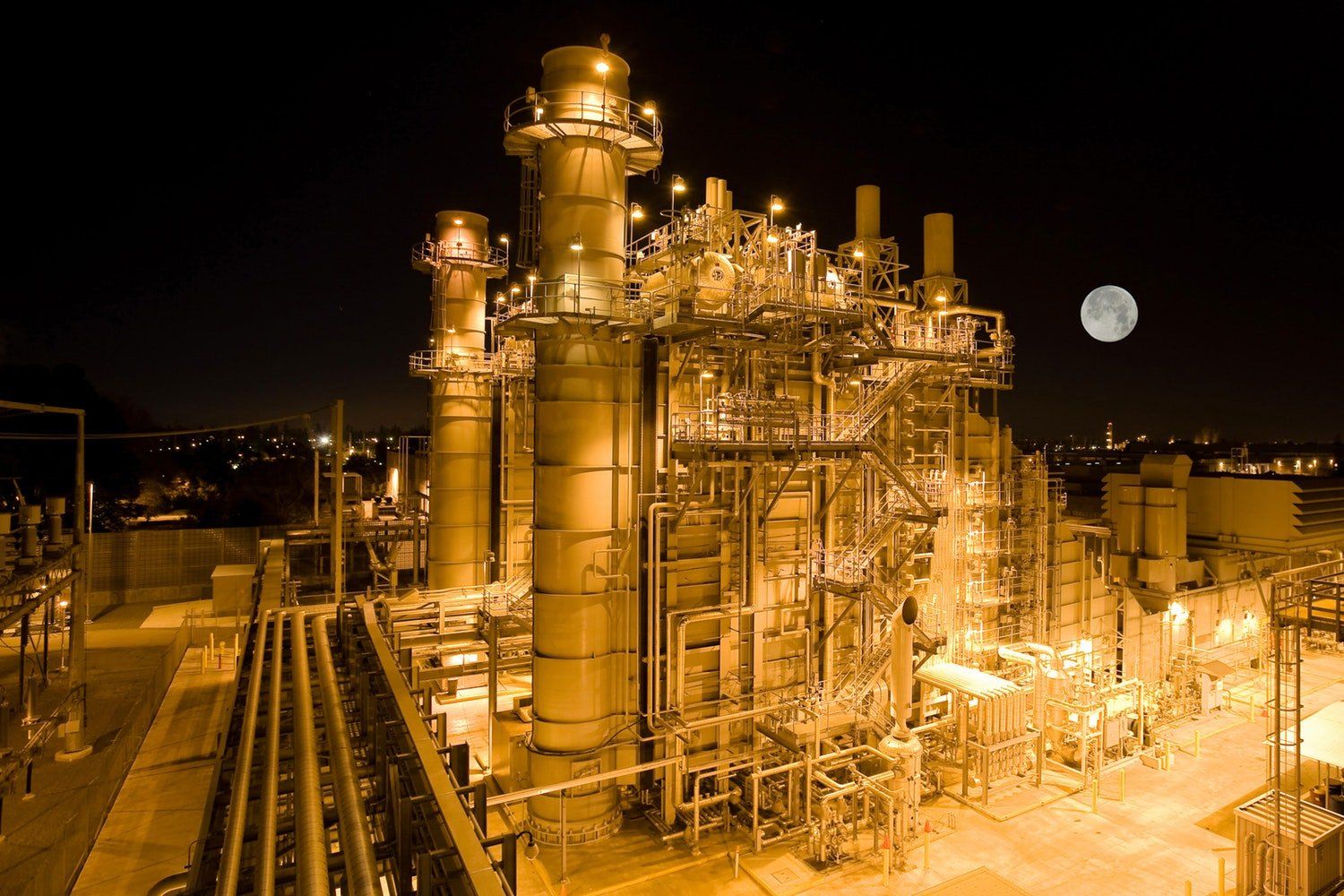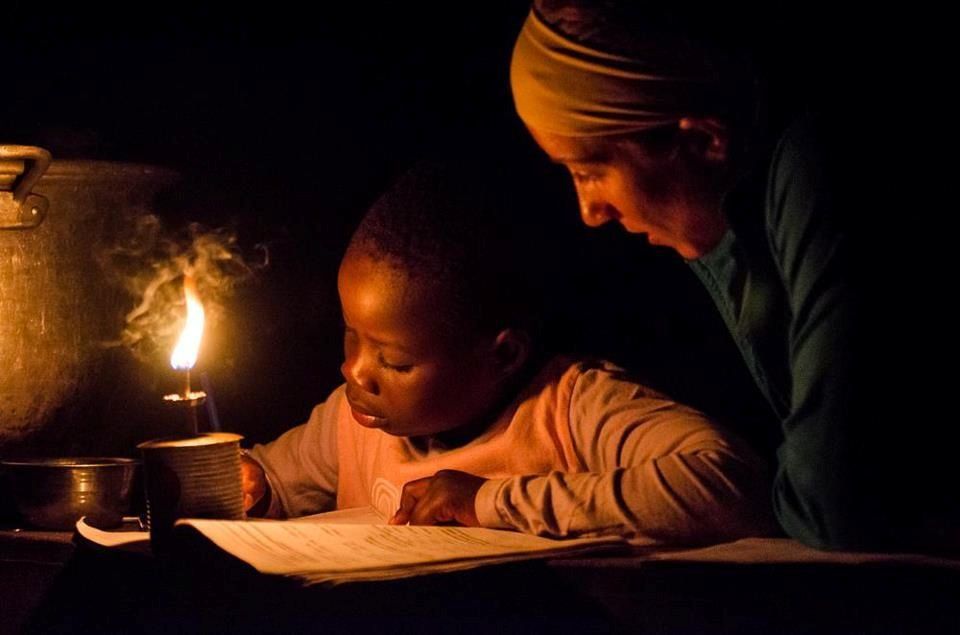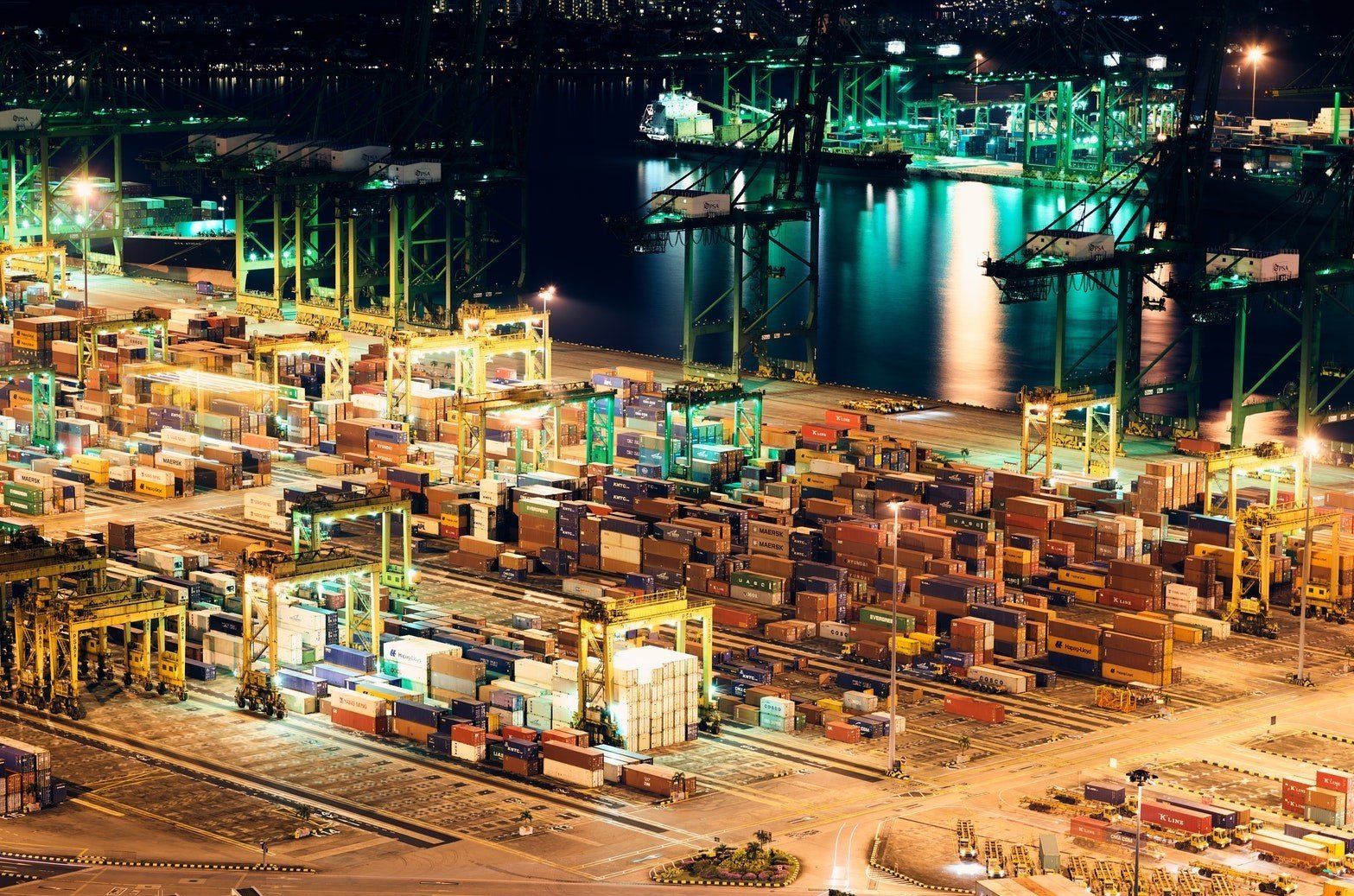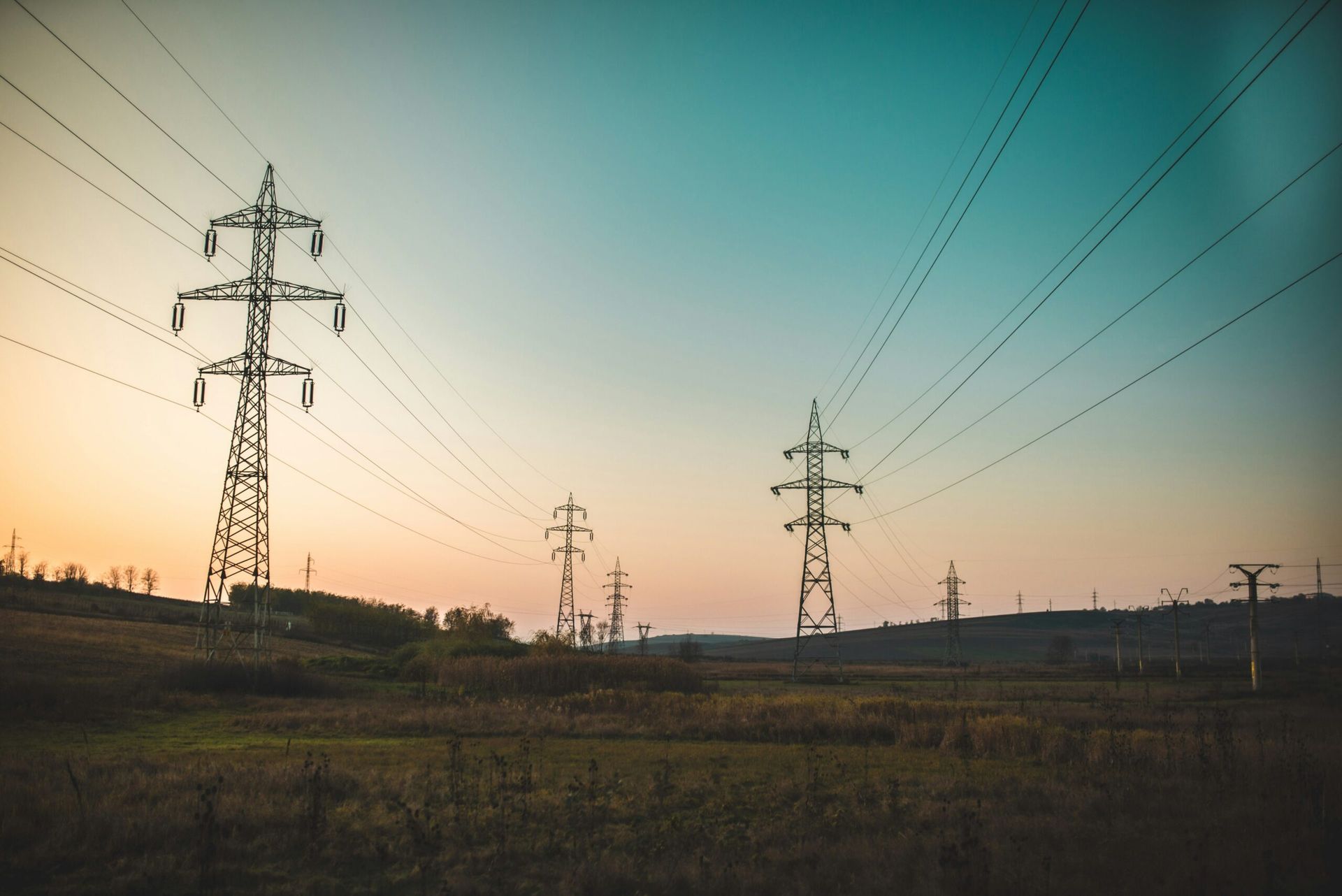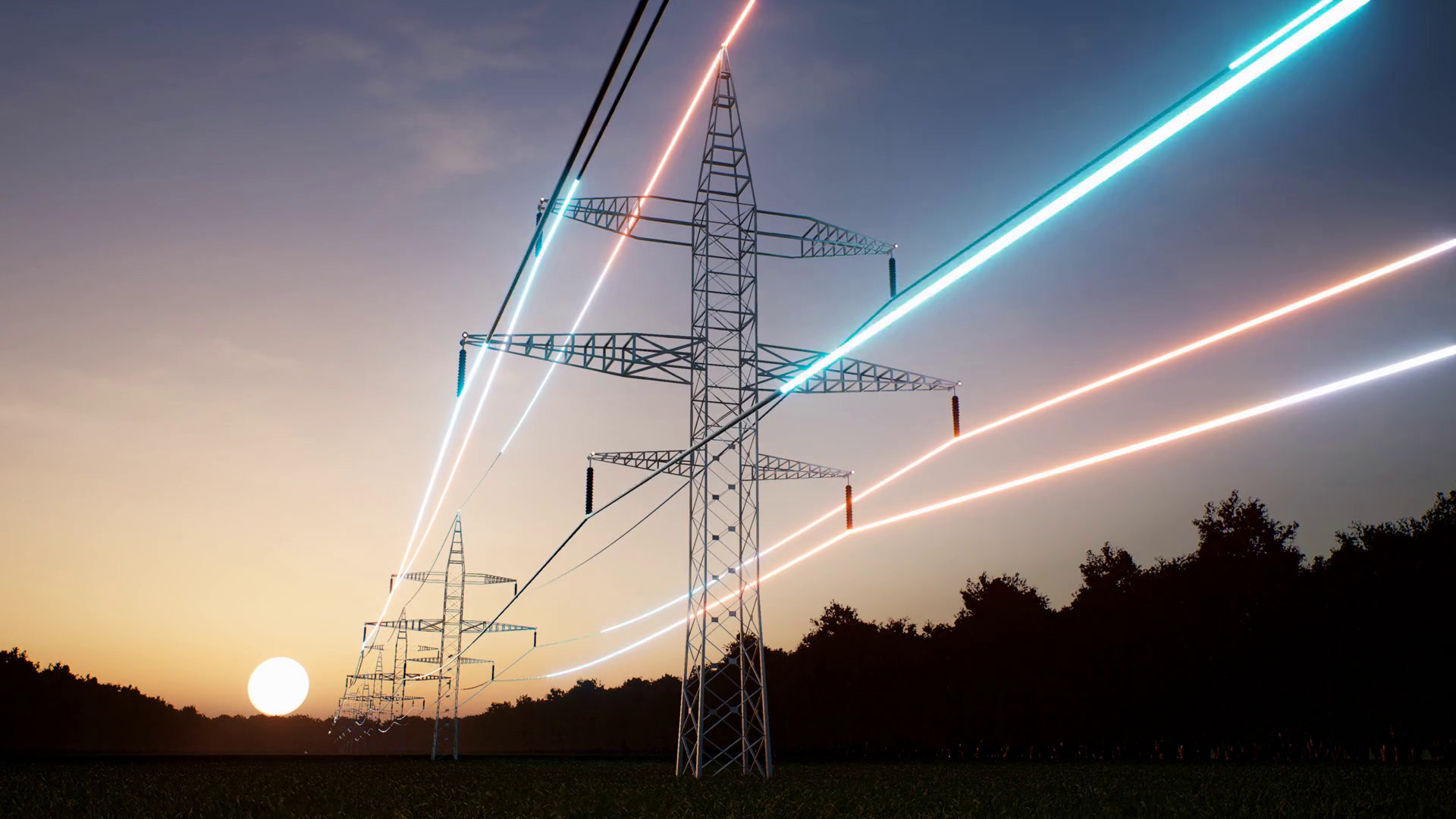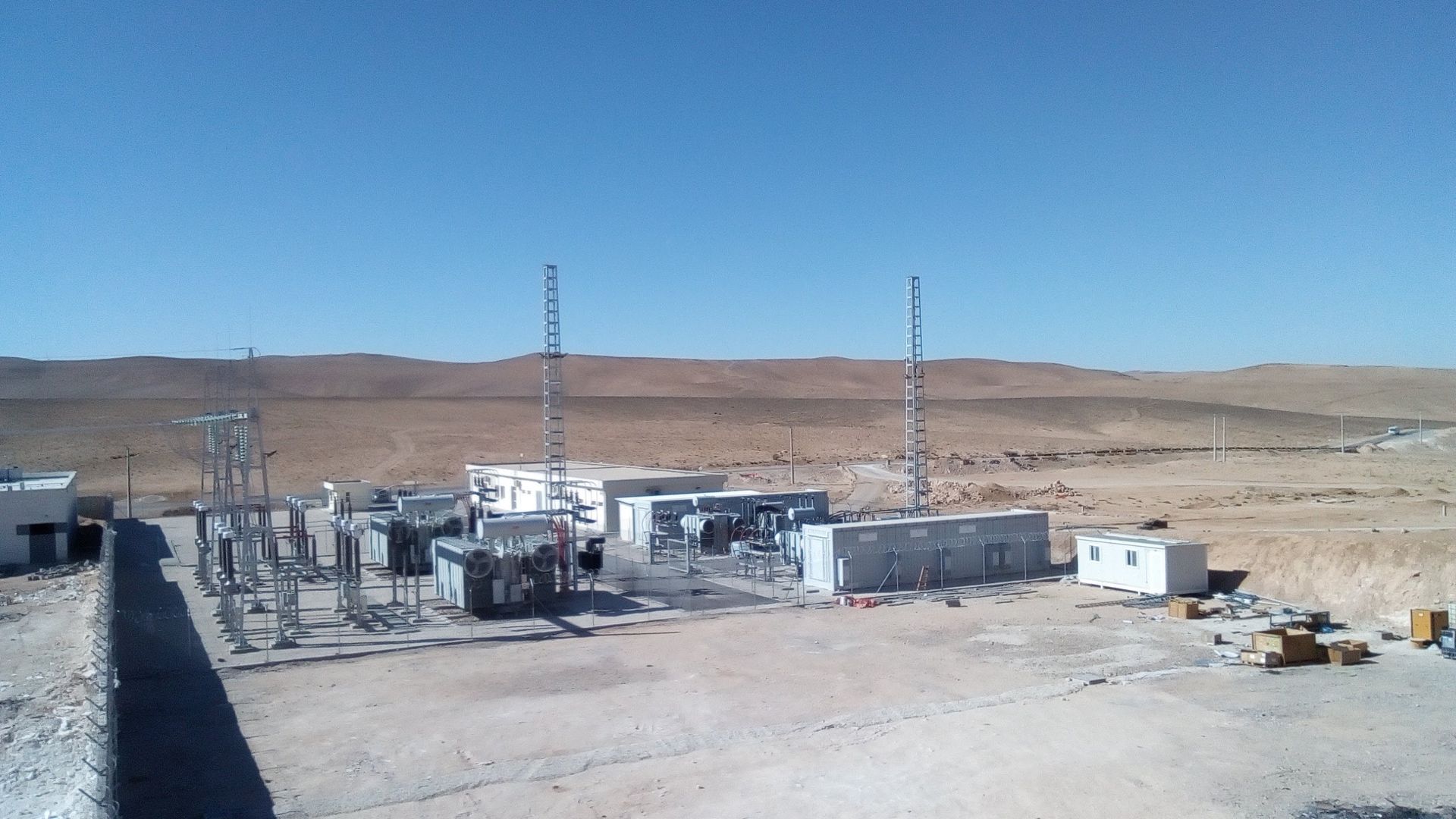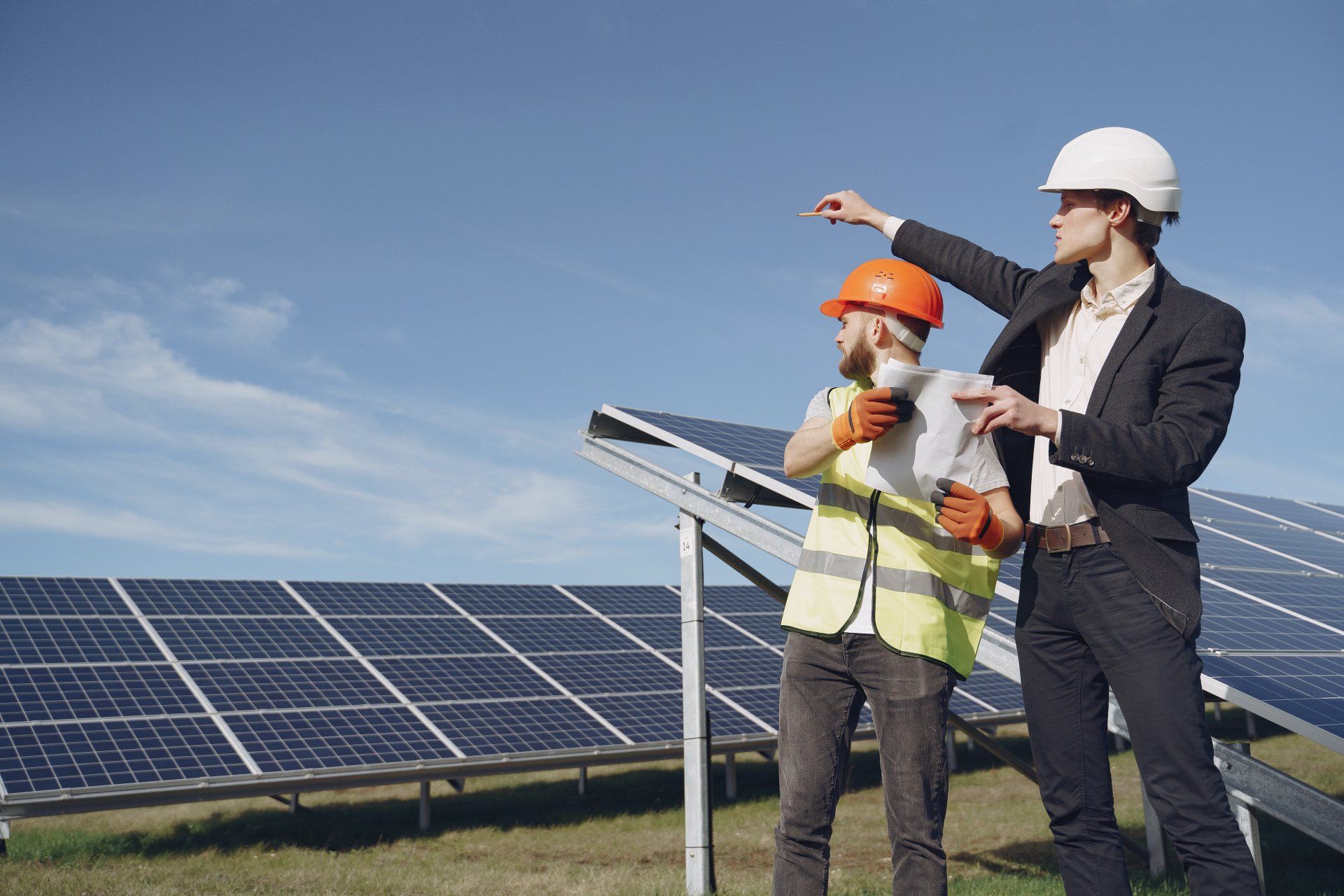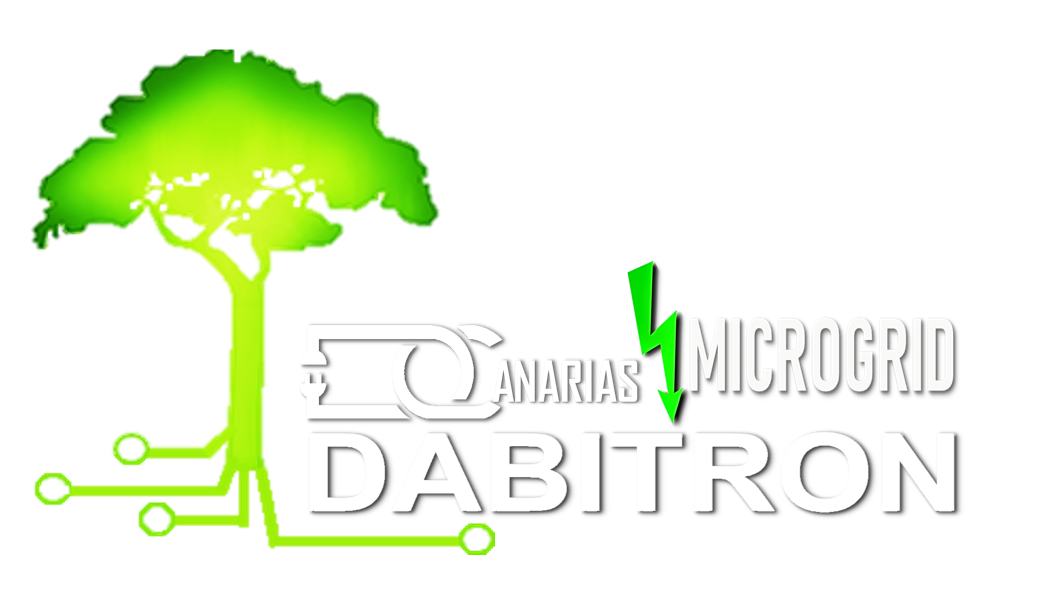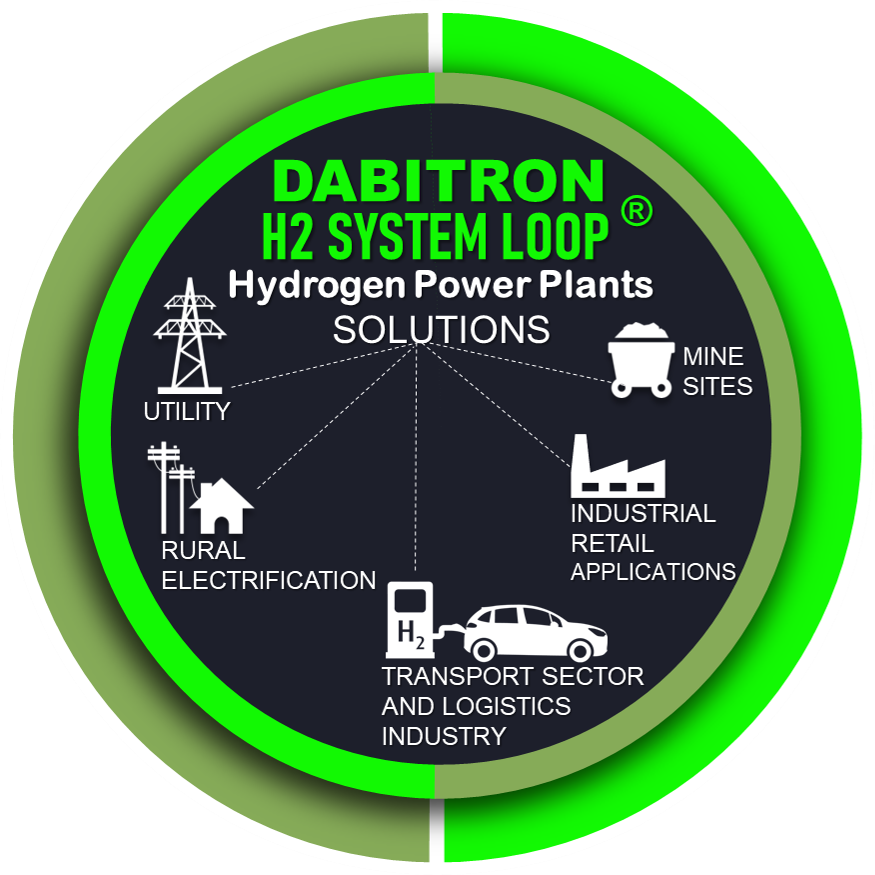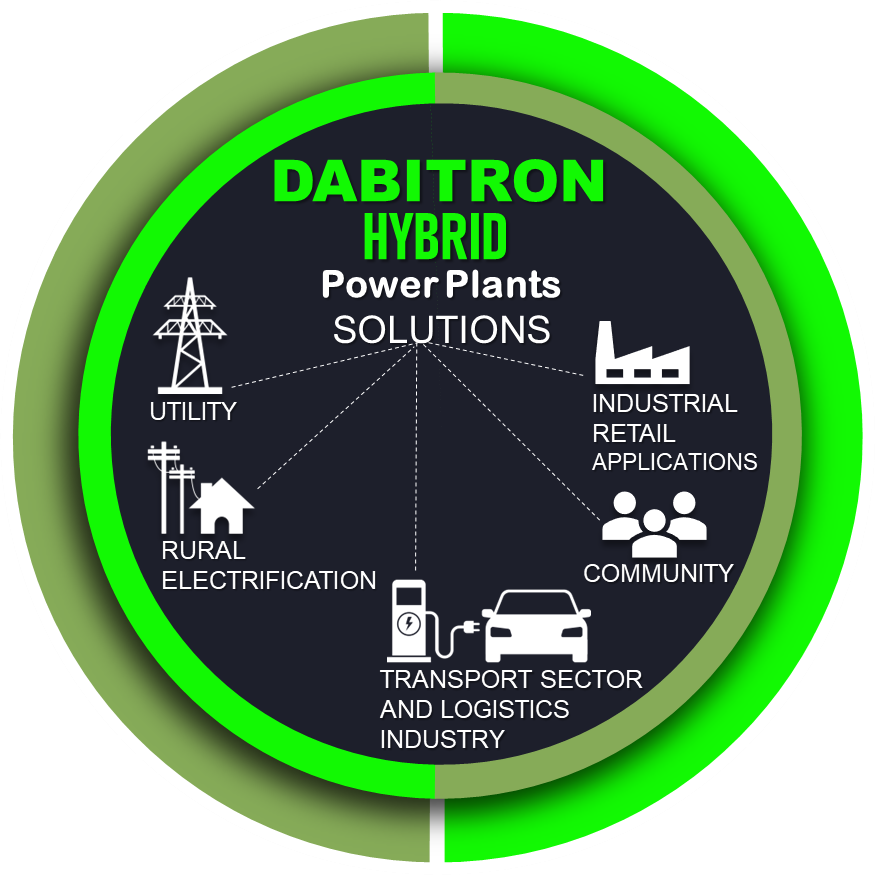Meet your renewable electricity needs and decarbonization goals with a single Renewables Power Purchase Agreement. Benefit from a reliable, clean energy supply 24/7 and long-term price certainty at a fixed and competitive costs.
Decentralized Renewable Energy
Energy Communities
Innovation,
is in DNA of DABITRON activity.
DABITRON Microgrids energy solutions that produce energy non-intermittently renewable electricity to provide 100% renewable energy under a long-term agreement, for on-site self-consumption and distributed generation projects that operate independently from the main power grid.
DABITRON develops its own pipeline of renewable microgrid power plant projects that produce renewable electricity non-intermittently, to provide the best on-site turnkey solutions to provide clean electricity 24/7.
The Energy Transition Starts At Local Level.
The Social, Environmental and Economic Benefits
Energy Communities bring together companies, residents and local administrations who are looking for innovative ways to save money and protect the environment as well as support local development.
Community energy projects have multiple economic and environmental benefits. Given the uncertainties about future energy prices and the vulnerabilities of centralized power generation, community energy is an appealing alternative to depending on large utility companies. Community energy allows self-sufficiency, can reduce costs, helps stabilize energy supplies, and is also far more resilient to storms, flooding, and other natural disasters than regular grids (community energy can provide power even when the grid is down).
Here are some of the benefits of energy communities.
Energy cost savings
A microgrid can help to optimise energy costs: by reducing reliance on traditional fossil fuel sources, a microgrid can help lower energy costs and improve your bottom line through demand management.
Power reliability
Aincreased energy reliability for critical facilities, such as the public safety buildings, and emergency care, and shelter sites: a microgrid can provide a reliable source of electricity in areas with frequent power outages or unreliable grid infrastructure. With its own generation capacity and energy storage, a microgrid can ensure that critical loads are always powered.
Resilience
A microgrid can provide resilience in the face of natural disasters, extreme weather events or other grid disruptions: by having its own generation and storage capabilities, a microgrid can continue to provide power to critical loads even when the larger grid is down.
Environmental sustainability
Reduce the reliance on fossil fuel sourced, through the use of renewable energy sources: a microgrid can reduce carbon footprint by generating and storing renewable energy on-site. This can help meet sustainability goals and reduce impact on the environment.
Energy independence
The energy independence for the privat customers, industrial and logistic sector: a microgrid can provide energy independence by allowing you to generate and store own power. This can be particularly useful in remote or off-grid locations where access to grid power may be limited or non-existent.
Local economy
Create local jobs and manufacturing industries.
Electrification of isolated areas
Microgrids rapresent a solution for rural electrification and in isolated or remote areas where energy access is limited or nonexistent to provide much-needed resources.
Self-supply
Balance between generation and energy consumption in the community. We offer tailor-made solutions for individual organizations and energy communities to take matters into their own hands and be independent from energy suppliers.
Energy Communities
Community building and greener community.
Technology And Energy Communities.
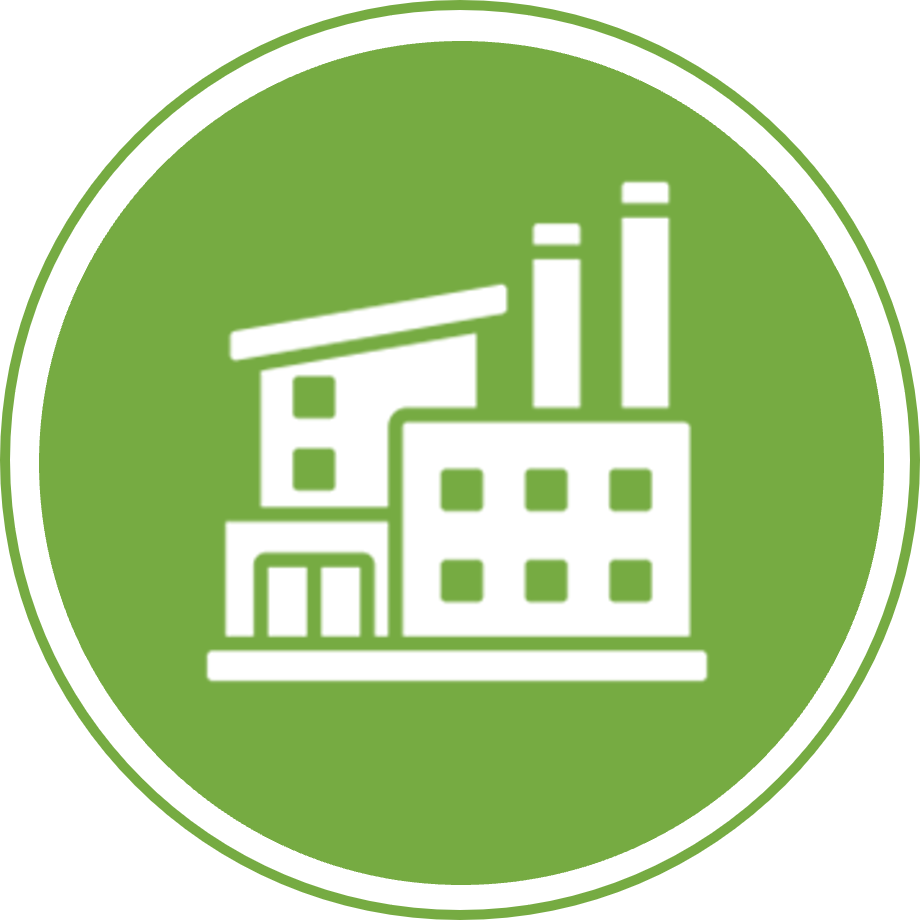
Industrial Community
Energy Community in industrial areas

Logistics Zone
Energy Communities in logistics areas.

Hotels and Holiday Resorts Community
Energy Communities for the hotel sectors.
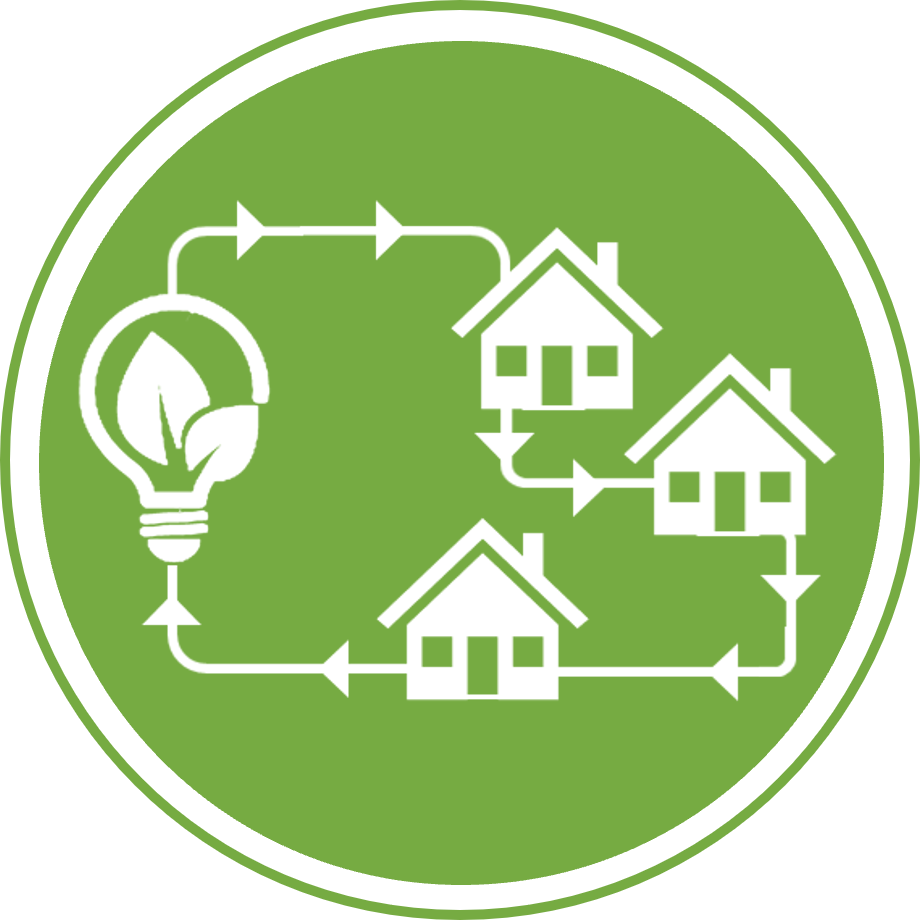
Rural Community
Rural Energy Communities. Renewable energy for remote Communities.
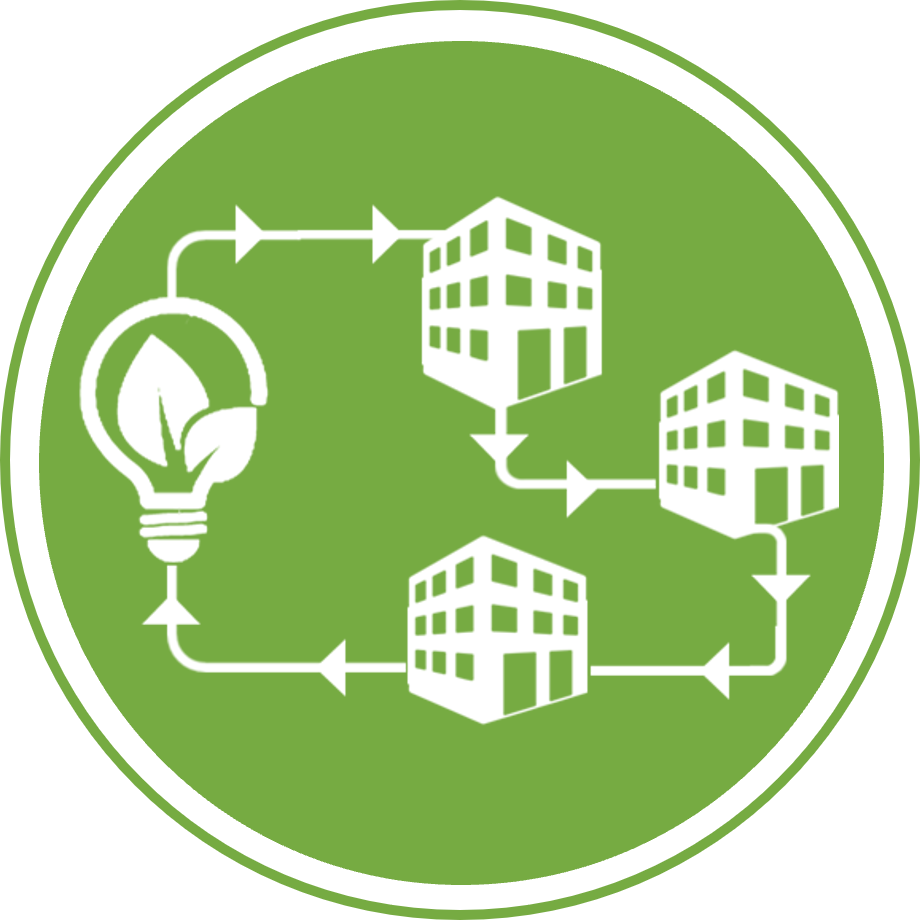
Residential Community
Residential Energy Communities.
DABITRON promote energy independence and self-sufficiency.
- Generating energy from local renewable energy sources.
- Providing energy efficiency services.
- Producing, supplying, consuming, storing, and distributing 100% clean energy.
- Providing Hydrogen refuelling station or electronic-vehicle charging, and energy services.
You might also be interested in
Unwavering Environmental Stewardship
Green energy solutions
(Best Technical Solutions Available)
Non-Intermittent 100% renewable electricity supply 24/7 a low cost.
DABITRON DH2SL ® Multi-MW Renewable Energy Power Station
100% Renewable Energy
100% Renewable Energy
Turnkey power generation hybrid projects grid-connected or off-grid (stand-alone) end-to-end solutions.
Project Development at DABITRON
Microgrid
Renewable Power Plant solutions
- Energy Communities
Project request
Let’s explore how we can adapt our system to your individual requirements. Fill out this contact form and you can expect to hear from a member of our team within 15 working days. We will delete your data after 30 days.
* Required fields
